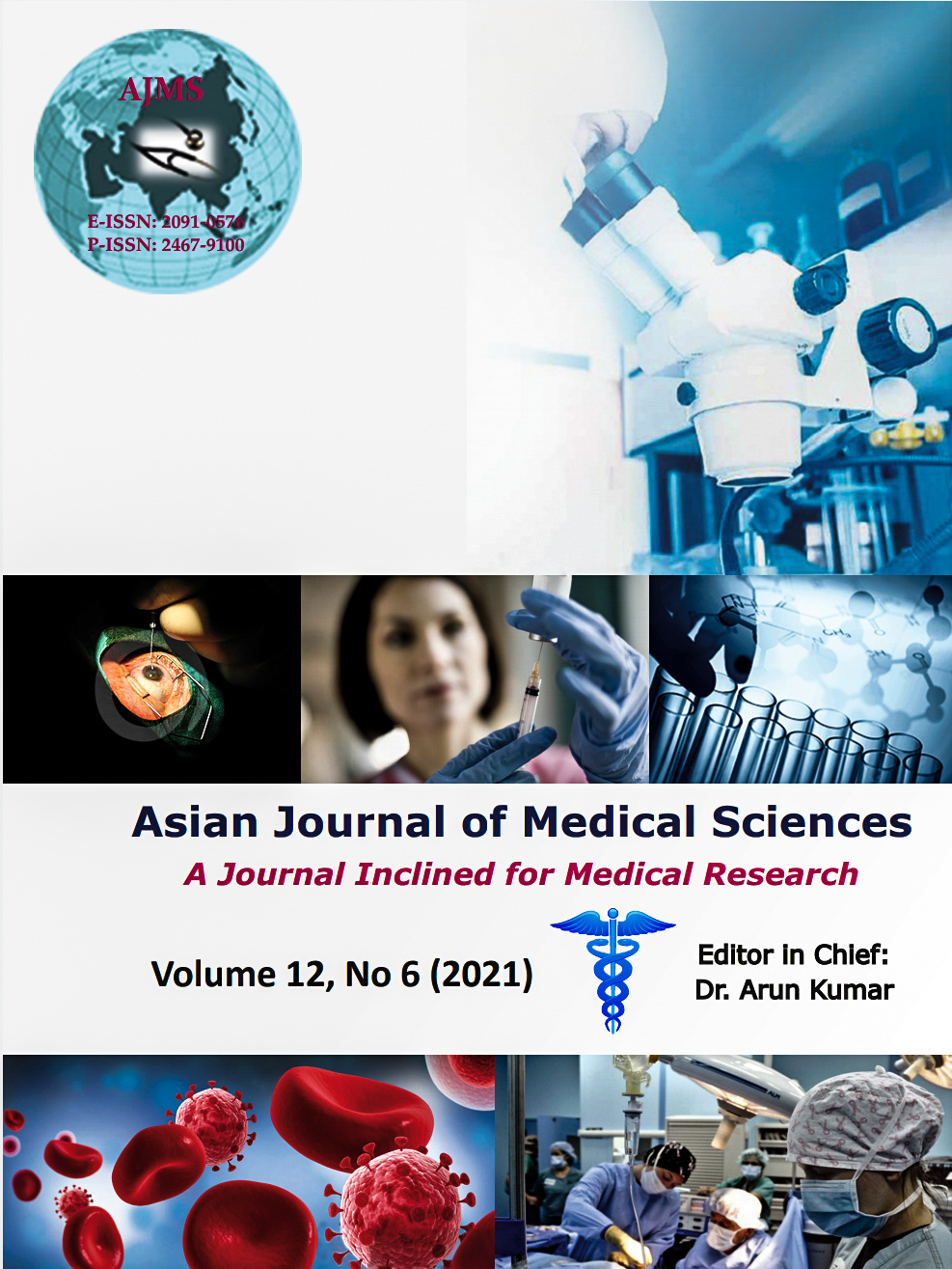A study to evaluate the efficacy of instillation of ropivacaine with tramadol through surgical drains for post-operative analgesia in patients undergoing mastectomy
Keywords:
Surgical drain, Ropivacaine, Tramadol, InstillationAbstract
Background: Post mastectomy pain is common and distressing complication seen in large number of women following mastectomy. Variety of modalities have been proposed to combat post mastectomy pain but are associated with disadvantages so simple technique like local infiltration though surgical drains avoid unnecessary complications and provide good analgesia to a standard general anesthetic opioid based technique.
Aims and Objectives: To evaluate the efficacy of instillation of ropivacaine with tramadol through surgical drains for postoperative analgesia in patients undergoing mastectomy with respect to pain score, duration of analgesia and need for rescue analgesia.
Materials and Methods: Seventy-five female patients aged between 30-70 years belonging to ASA physical status I & II scheduled for mastectomy with axillary clearance were enrolled in the study. Patient were randomly allocated into three groups of 25 each. Group I- 40ml saline was instilled through the surgical drain, group II- 40ml 0.25% ropivacaine was instilled through the surgical drain and group III- 40ml 0.25% ropivacaine with 100mg tramadol was instilled through the surgical drain. Pain score was assessed using VAS (0-10) at rest and at movement and hemodynamic monitoring like pulse rate, noninvasive BP, respiratory rate was recorded immediately after the surgery, every hourly up to 4hours, then four hourly for the next 24hours. Patient satisfaction regarding pain relief was assessed at 24hours post operatively.
Results: VAS at rest was clinically and statistically significantly lower in group II and III at 1,3,4,8,12 and 16 hours postoperatively(p<0.05) as compared to group I however was comparable in between groups II and III. Similarly, VAS at movement was clinically and statistically significantly lower in group II and III at 1,3,4,8,12 and 16 hours postoperatively(p<0.05) as compared to group I but comparable in between groups II and III. Patient satisfaction when compared was statistically more significant in group II and III as compared to group I but comparable in between group II and III.
Conclusion: Instillation of ropivacaine or ropivacaine with tramadol through surgical drain is safe, effective and inexpensive technique for post-operative analgesia. It provides good relief of pain, prolonged analgesia, decreases analgesic requirement and increase patient’s satisfaction. However, addition of tramadol to ropivacaine serves no added advantage when compared to ropivacaine alone.
Downloads
Downloads
Published
How to Cite
Issue
Section
License
Authors who publish with this journal agree to the following terms:
- The journal holds copyright and publishes the work under a Creative Commons CC-BY-NC license that permits use, distribution and reprduction in any medium, provided the original work is properly cited and is not used for commercial purposes. The journal should be recognised as the original publisher of this work.
- Authors are able to enter into separate, additional contractual arrangements for the non-exclusive distribution of the journal's published version of the work (e.g., post it to an institutional repository or publish it in a book), with an acknowledgement of its initial publication in this journal.
- Authors are permitted and encouraged to post their work online (e.g., in institutional repositories or on their website) prior to and during the submission process, as it can lead to productive exchanges, as well as earlier and greater citation of published work (See The Effect of Open Access).




